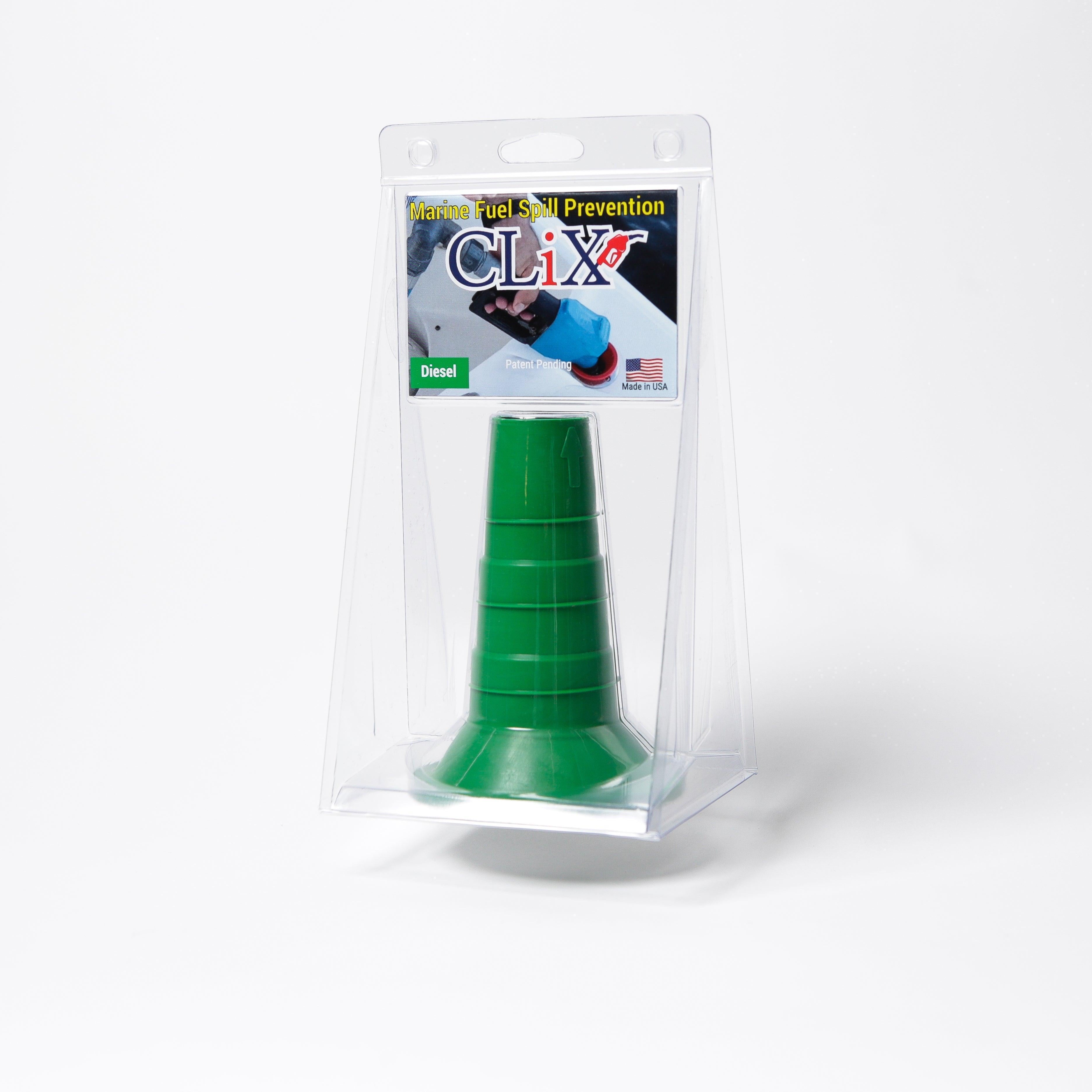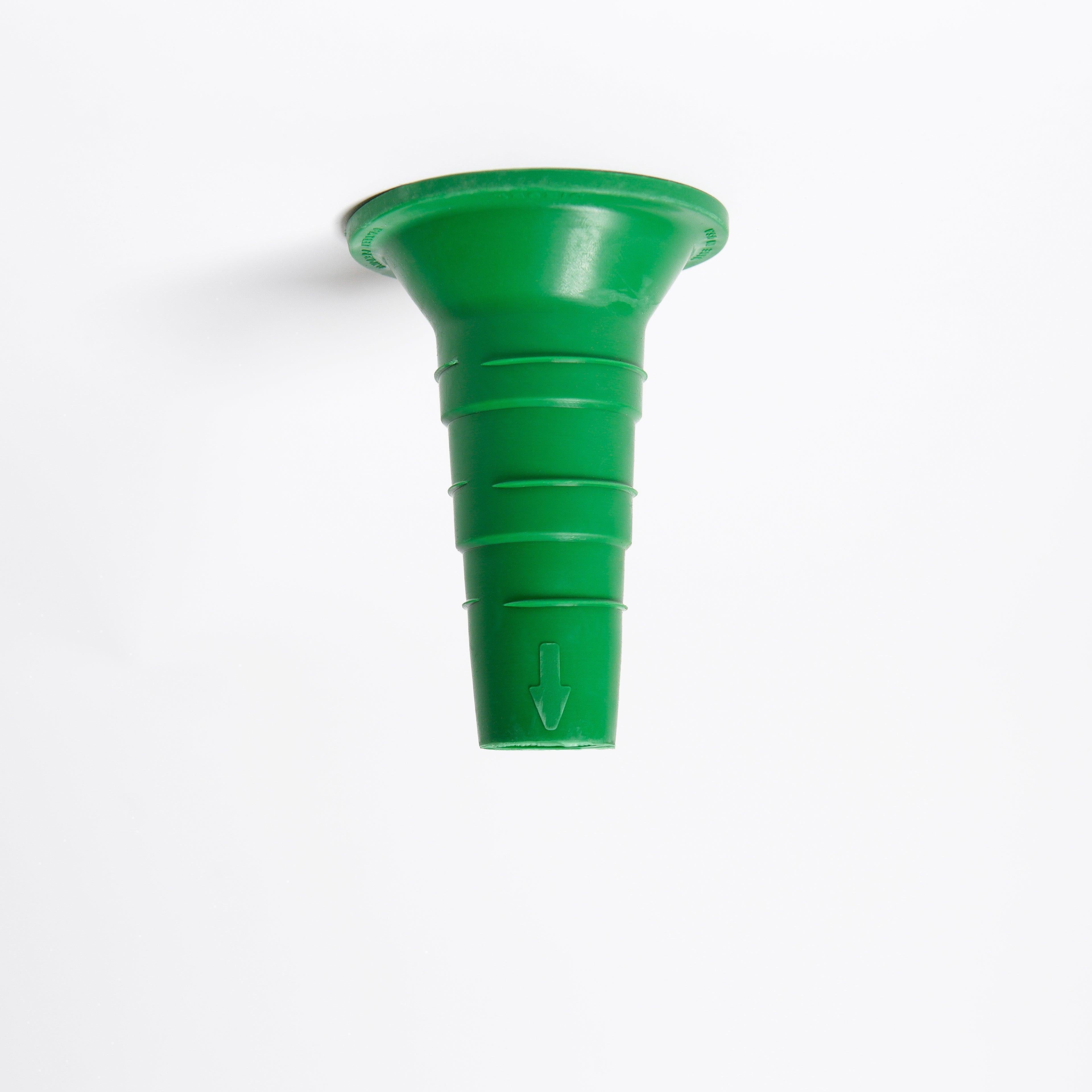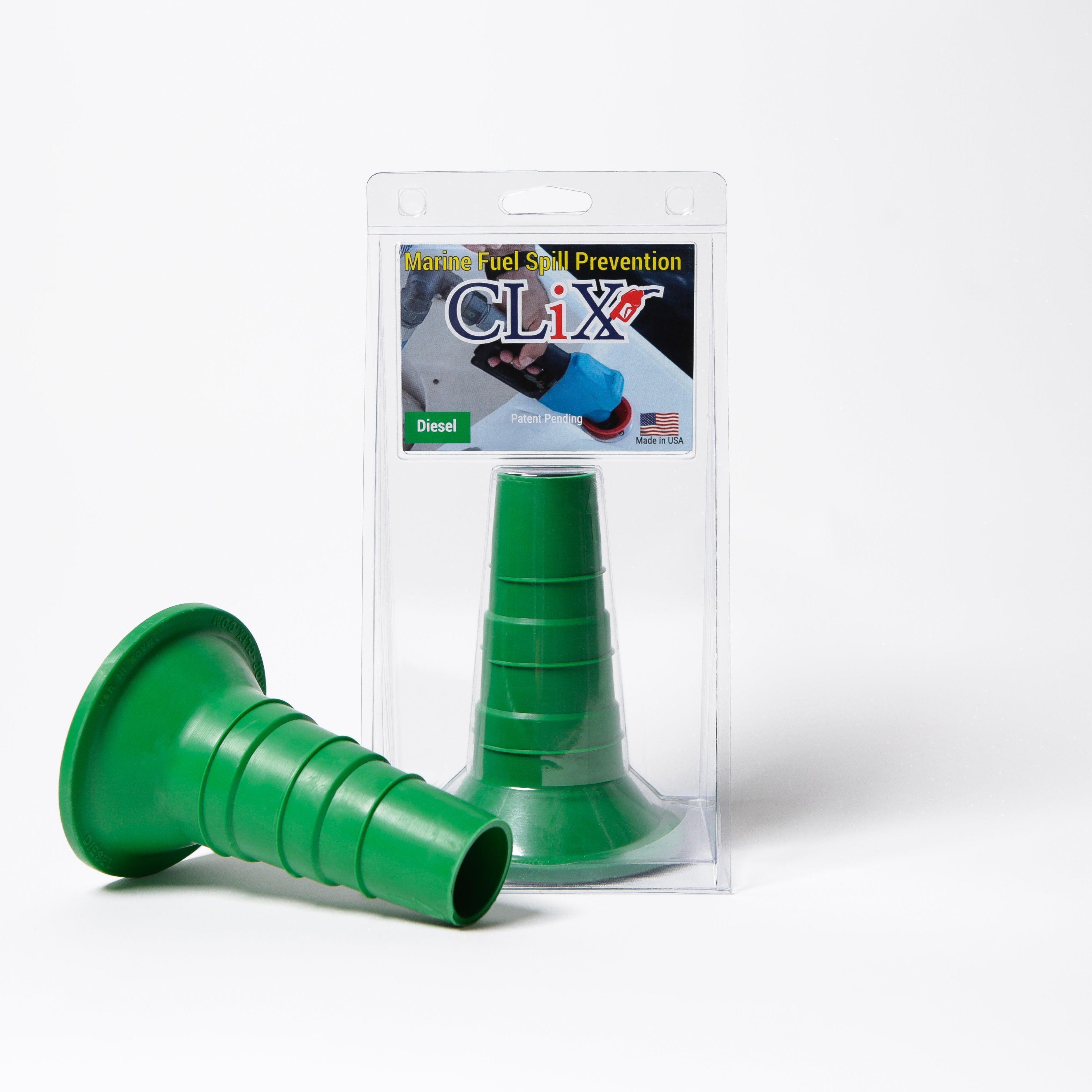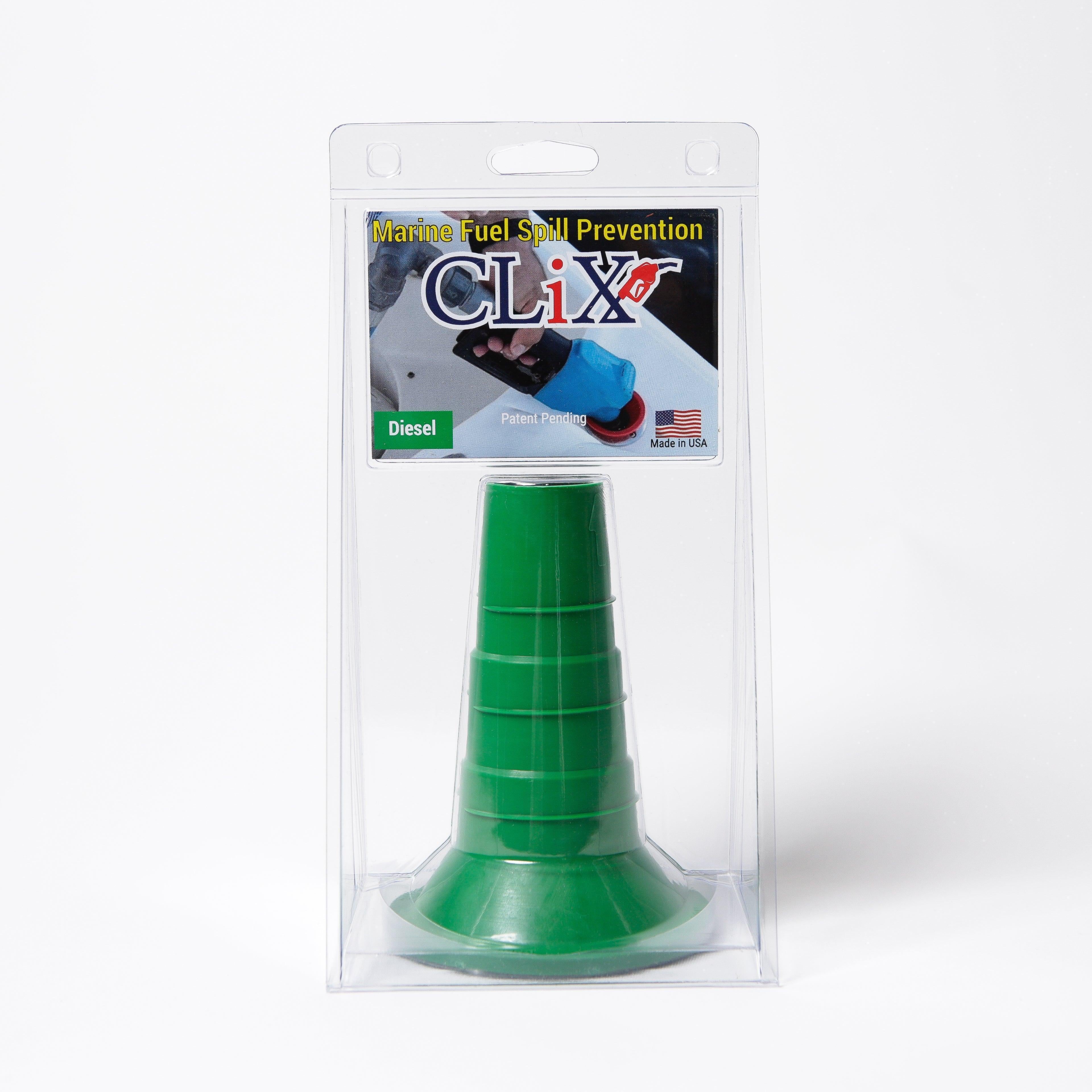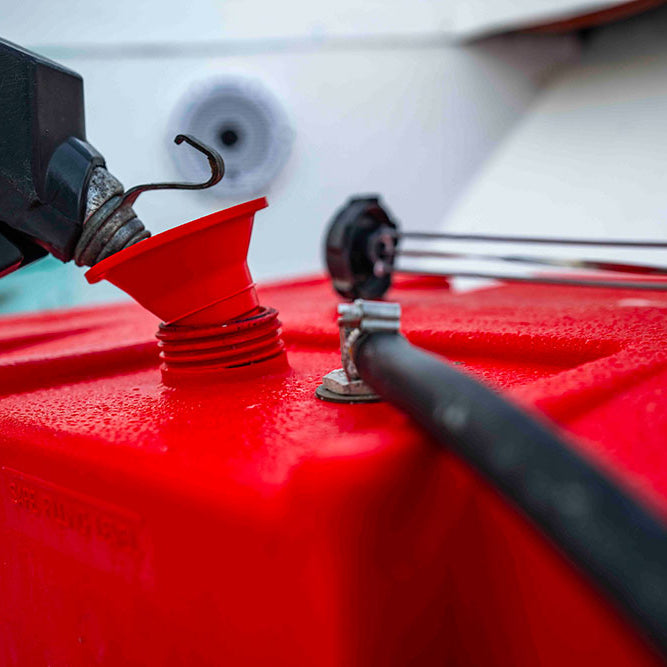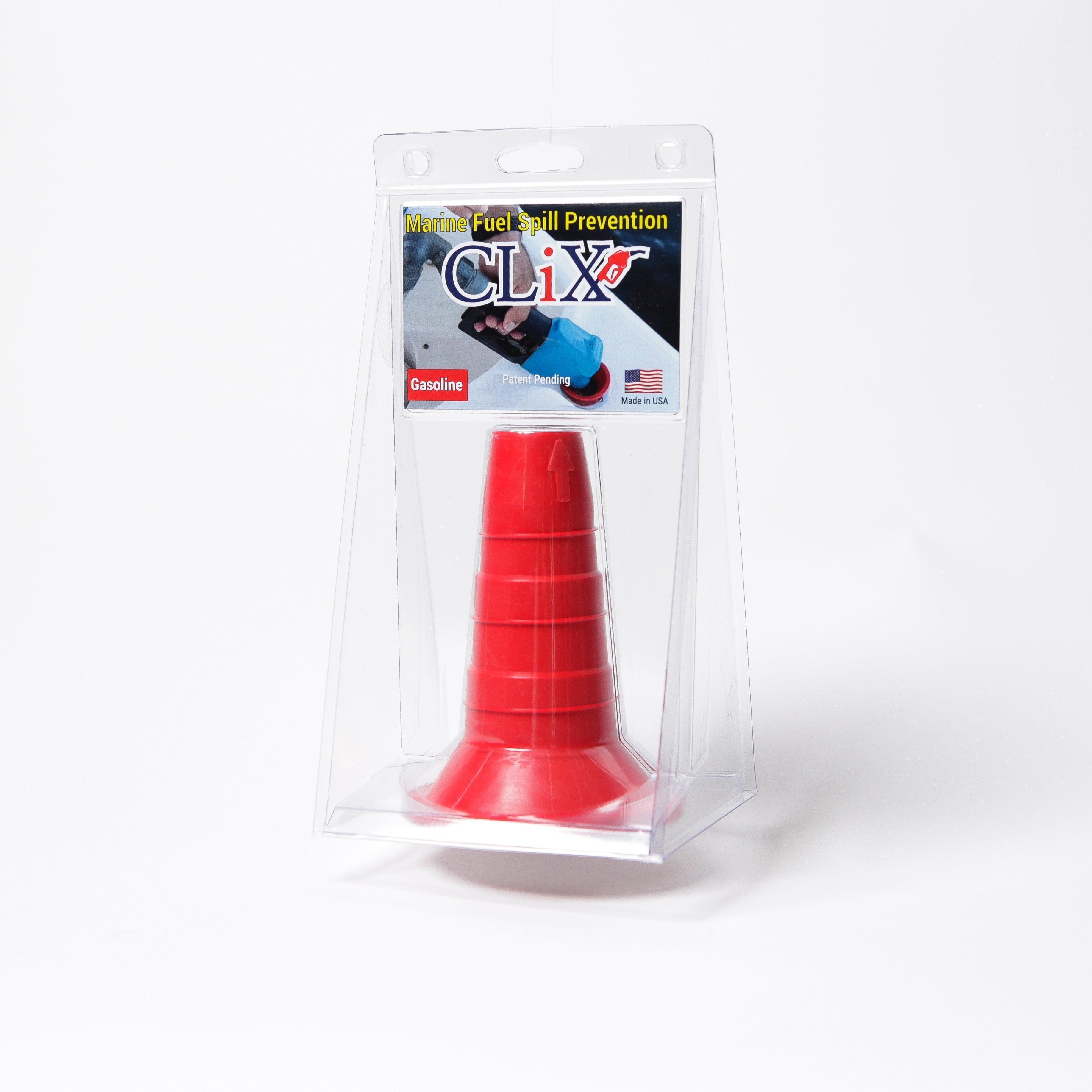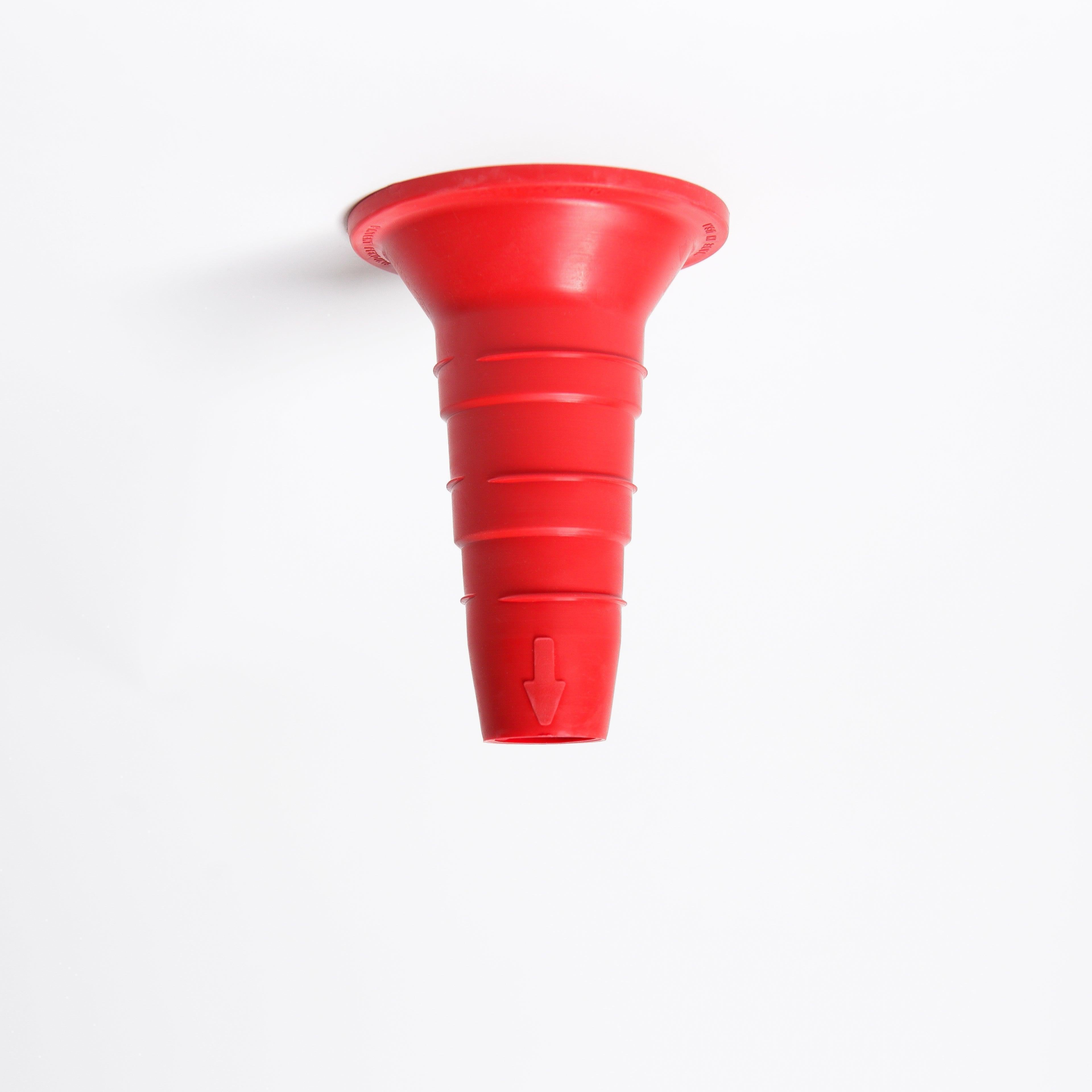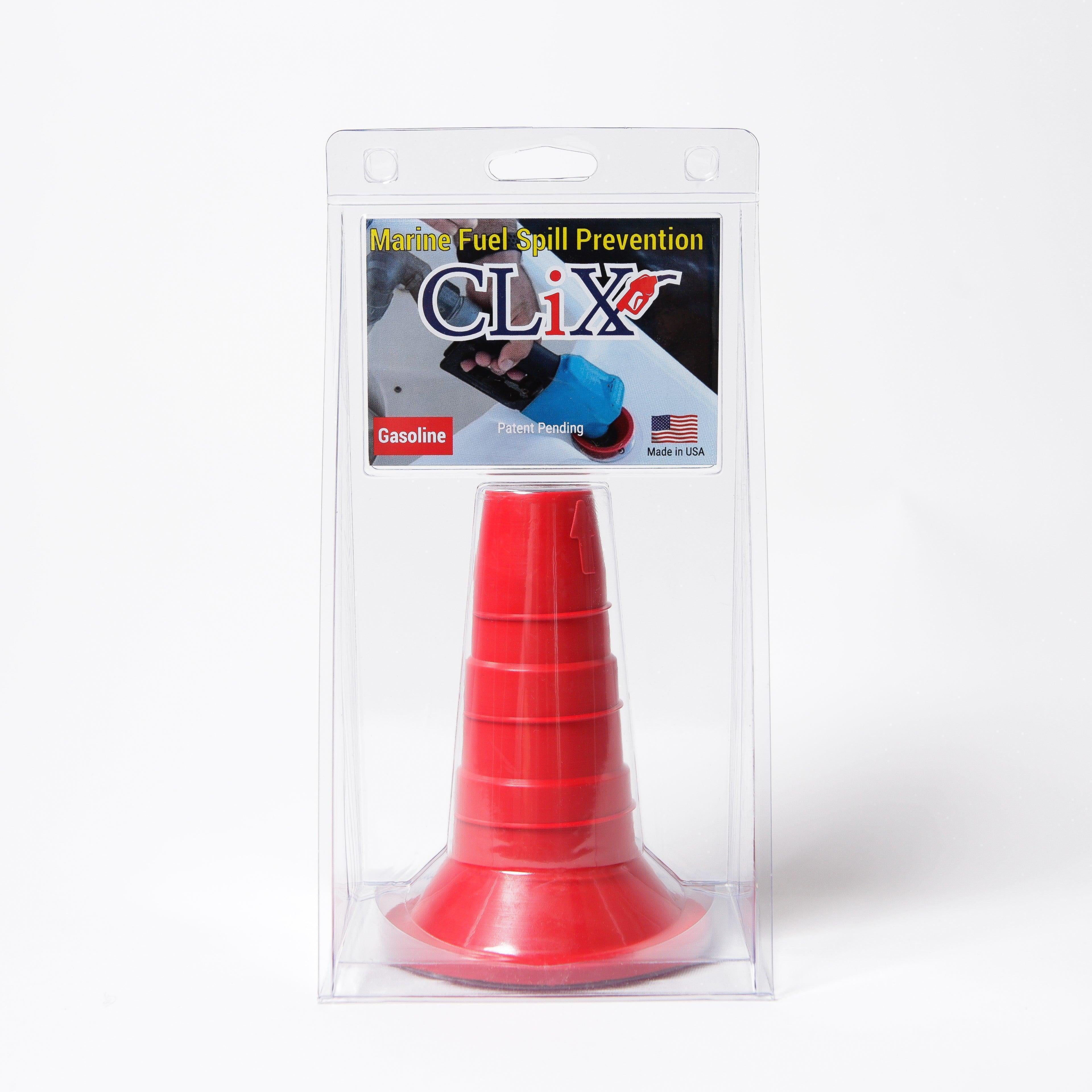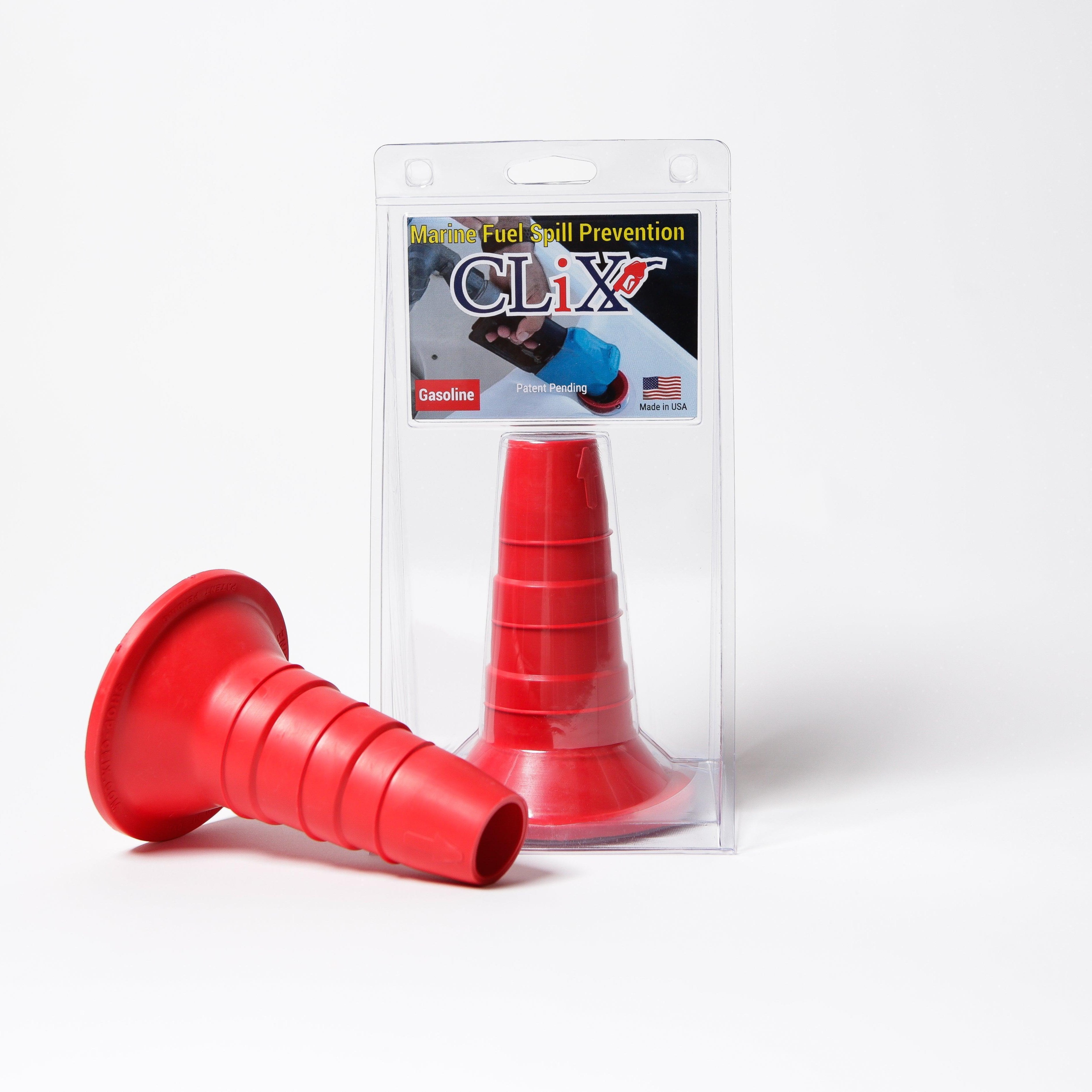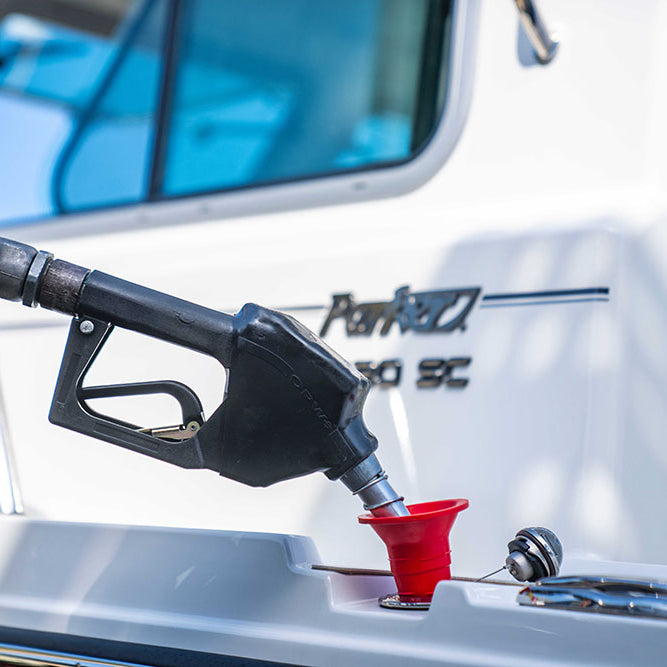Why a Pre-Departure Checklist Is Your Most Important Piece of Gear
Boating offers an unparalleled sense of freedom, but true confidence on the water comes from diligent preparation. A comprehensive pre-departure routine isn't just about following rules; it's a critical practice that transforms potential chaos into controlled, enjoyable adventures. In the same way that pilots meticulously run through pre-flight checks, seasoned boaters understand that safety isn't an accident. It is the direct result of a systematic process. This guide moves beyond the basics, offering a detailed, actionable safe boating checklist designed to cover every critical aspect of your vessel and voyage.
This listicle will provide a clear, step-by-step framework to ensure you are fully prepared before leaving the dock. We will cover eight essential areas, including assessing weather conditions, inspecting life-saving equipment, and verifying navigation systems. For any vessel, from small dinghies to larger crafts, and especially for activities involving higher speeds, a thorough pre-departure check is non-negotiable, ensuring responsible and safe speed boat operation.
By following this checklist, you'll learn not just what to check, but why it's crucial and how to do it effectively. We will dive into practical details like engine maintenance, fuel management, filing a float plan, and conducting a proper passenger briefing. Mastering these steps is your blueprint for mitigating risk, ensuring you're prepared for anything the water throws your way and can focus on the adventure ahead.
1. Weather Conditions Assessment
A comprehensive safe boating checklist always begins before the boat ever leaves the dock, and the first item is a thorough assessment of weather conditions. This isn't just about looking outside to see if it's sunny. It's a critical analysis of current and forecasted conditions that can change rapidly on the water, turning a perfect day into a perilous situation. A proper assessment involves examining multiple data points like wind speed and direction, wave height, tide schedules, precipitation chances, and visibility.
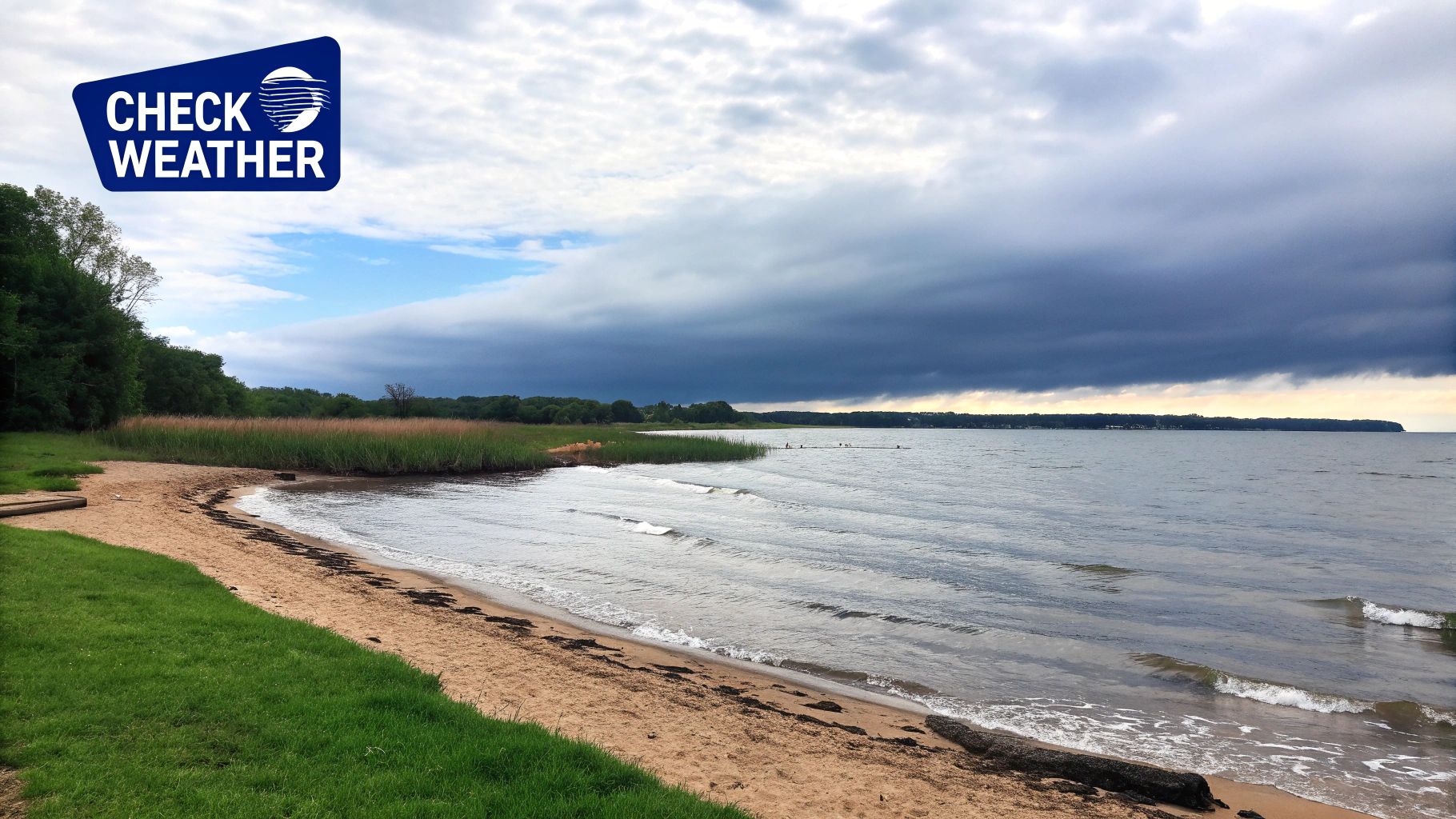
Understanding the weather goes beyond the forecast; it requires interpreting how that forecast will impact your specific location. For example, a boater on one of the Great Lakes must account for how quickly a storm can develop over such a large body of water. Similarly, a mariner in Florida must be vigilant about the predictable, yet potent, afternoon thunderstorms common in the summer. A crucial step is a thorough weather conditions assessment, including how to check ocean conditions for safe passage, as local geography can dramatically alter wave patterns and wind effects.
How to Implement a Proper Weather Check
To effectively assess the weather, you must consult multiple, reliable sources rather than relying on a single app. This creates a more complete picture and helps you identify potential discrepancies in forecasts. A prudent mariner doesn't just check once; they monitor conditions continuously.
Actionable Tips:
- Layer Your Sources: Start with the National Oceanic and Atmospheric Administration (NOAA) Weather Radio, which provides continuous marine broadcasts. Supplement this with reputable marine weather apps (like Windy, PredictWind, or Buoyweather) and check the National Weather Service's marine forecast website.
- Know the Signs: Learn to recognize visual cues of changing weather. Look for a dropping barometer, a sudden wind shift, darkening skies, or the buildup of anvil-shaped clouds, all of which can signal an approaching storm.
- Plan for the Worst: Always have a "what if" plan. Before you depart, identify potential safe harbors along your planned route. If the forecast looks marginal, the safest decision is always to postpone the trip. Your boat can wait; your safety cannot.
By making a detailed weather assessment a non-negotiable part of your pre-departure routine, you are taking the single most important step in ensuring a safe and enjoyable time on the water.
2. Life Jacket Inspection and Proper Fitting
Following a weather check, the next non-negotiable step on any safe boating checklist is a detailed inspection of all personal flotation devices (PFDs), commonly known as life jackets. This critical safety measure involves more than simply having enough PFDs on board; it means ensuring every passenger has a properly fitted, U.S. Coast Guard-approved life jacket that is in excellent condition. A PFD is your most important piece of safety gear, but it's only effective if it's worn, fits correctly, and functions as designed in an emergency.
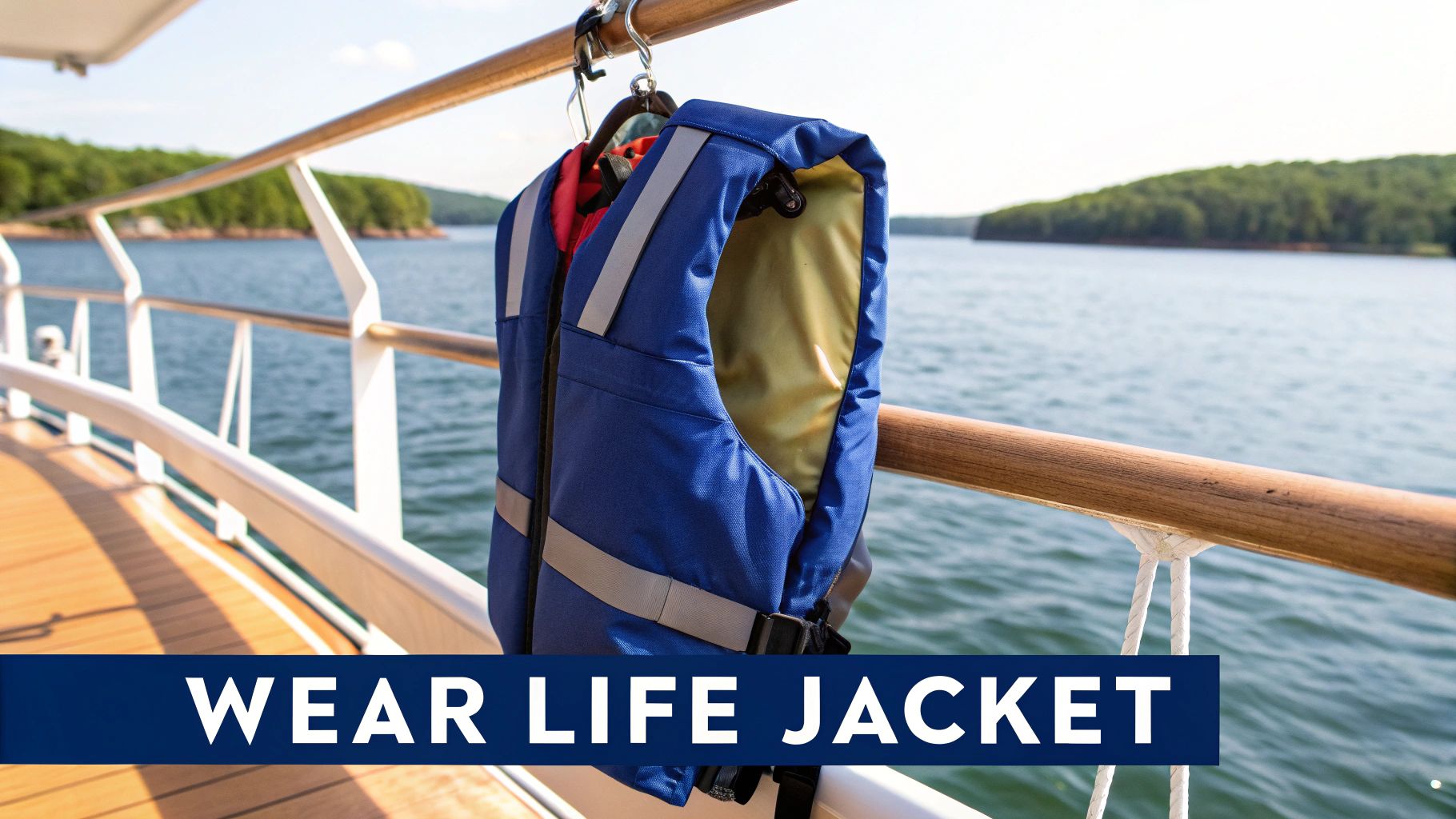
The importance of this check is underscored by stark statistics from the U.S. Coast Guard, which consistently reports that in recreational boating fatalities, drowning is the leading cause of death, and approximately 85% of those victims were not wearing a life jacket. This highlights a critical gap between having safety equipment and using it correctly. From professional fishing tournaments requiring participants to wear automatic inflatable PFDs to water sports operators equipping guests with impact-rated life jackets for high-speed activities, the principle is the same: the right PFD, properly fitted and in good condition, saves lives.
How to Implement a Proper PFD Check
A thorough PFD check should be a hands-on part of your pre-departure routine. This means physically inspecting each life jacket and having passengers try them on to confirm the fit, especially for children or guests unfamiliar with your boat. This habit ensures everyone is prepared and comfortable with their equipment before an emergency occurs.
Actionable Tips:
- Inspect and Test: Before every outing, check each life jacket for rips, tears, mildew, or signs of waterlogging, which can degrade buoyancy. Squeeze foam-filled PFDs to check for brittleness. For inflatable types, check the CO2 cartridge and status indicator, and perform regular oral inflation tests to check for leaks.
- Confirm Proper Fit: A life jacket should be snug. To check the fit, have the person put it on and fasten all straps and zippers. Raise your arms straight up over your head; if the PFD rides up past your chin or ears, it is too large. Always choose PFDs based on chest size and weight requirements, not just shirt size.
- Choose the Right Type: Select life jackets appropriate for the activity. Brightly colored PFDs offer better visibility in the water. For waterskiing or tubing, an impact-rated vest is crucial. For anglers, specialized fishing vests provide comfort and mobility without sacrificing safety.
- Replace When in Doubt: Life jackets are not permanent equipment. If a PFD shows any signs of damage, fading, or wear, replace it immediately. Your safety is worth far more than the cost of a new vest.
3. Navigation Equipment and Chart Verification
A vital component of any safe boating checklist involves the meticulous verification of all navigation equipment. Simply having a GPS onboard is not enough; you must ensure it, along with every other navigational tool, is fully functional and up-to-date. This pre-departure check covers your GPS, compass, paper charts, depth finders, and radar. A failure in navigation can quickly lead to disastrous outcomes such as running aground, collisions, or becoming dangerously lost, especially when visibility is poor or you are in unfamiliar waters.
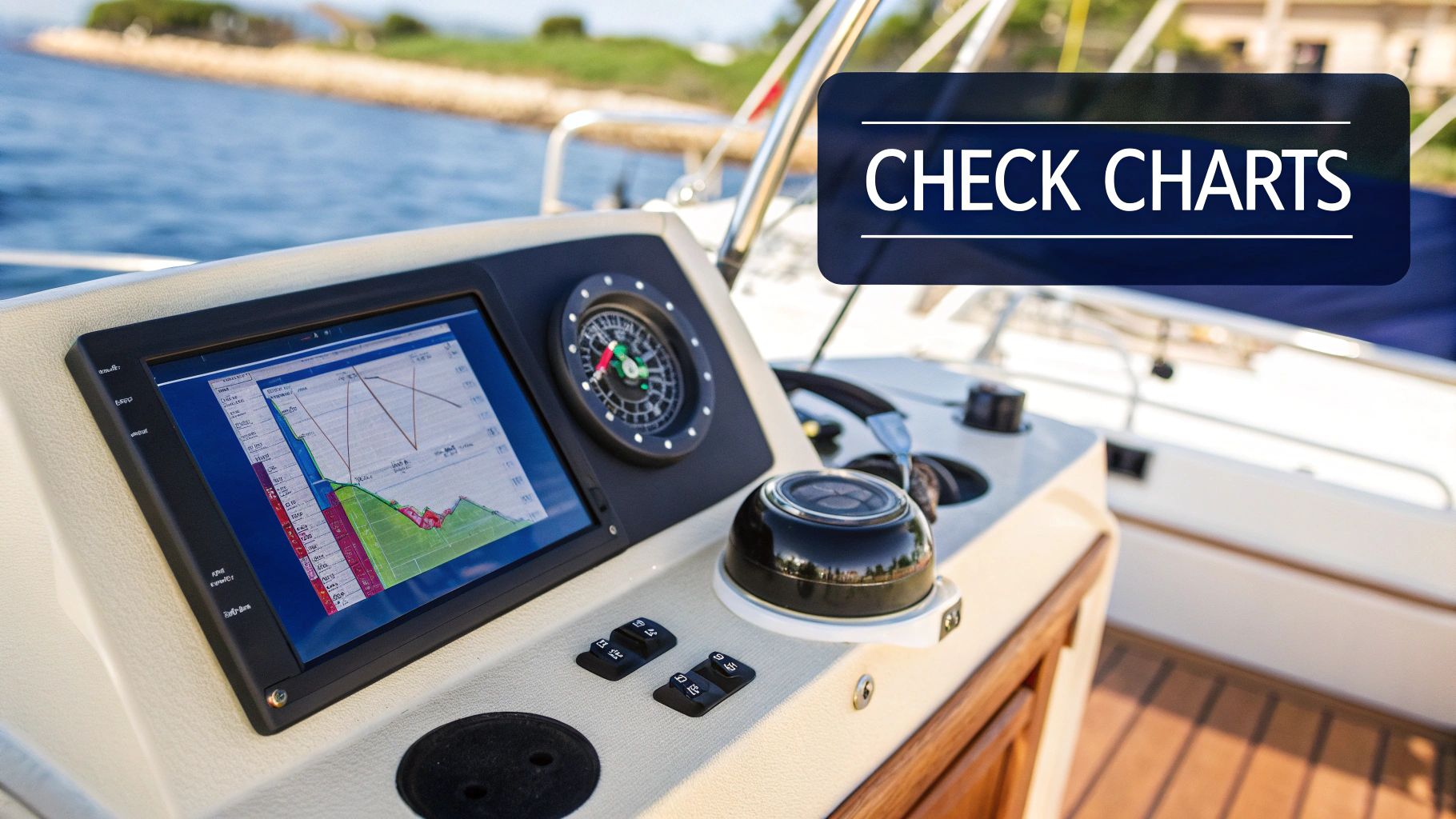
Effective navigation is about building a system of redundancy. Many U.S. Coast Guard rescues involve boaters whose single electronic navigation device failed, leaving them without a backup. For this reason, experienced sailors on long passages always carry both modern electronic systems and traditional paper charts. This layered approach ensures that if one system fails, another is ready to guide you safely. A key part of this system is your lighting; learn more about the role of Attwood boat lights for navigation to ensure you are seen and can interpret the signals of other vessels. Verifying your equipment before you cast off is a fundamental practice that prevents minor technical glitches from escalating into life-threatening emergencies.
How to Implement a Proper Navigation Check
A thorough navigation check means powering on and testing every device before leaving the dock. It’s a proactive process that confirms accuracy, battery life, and software integrity, giving you confidence in your ability to navigate your planned route and any potential detours.
Actionable Tips:
- Update and Calibrate: Ensure your electronic charts and GPS software are updated to the latest versions to reflect any new hazards or changes to waterways. Calibrate your magnetic compass at least annually and check it against your GPS heading before each trip.
- Test and Power Up: Power on your GPS, radar, and depth finder at the dock to confirm they acquire signals and function correctly. Check that all navigation lights are working. Crucially, carry spare batteries for handheld devices and have a backup power source for fixed electronics.
- Embrace Redundancy: Always have a non-electronic backup. Carry up-to-date paper charts for your cruising area and know how to use them with a compass. Verifying your GPS position against a known physical landmark is also a smart, simple way to confirm its accuracy.
By integrating this comprehensive navigation check into your pre-departure routine, you are equipping yourself with the most critical tool for a safe voyage: knowing where you are, where you are going, and how to get there safely, no matter the circumstances.
4. Safety Equipment Inventory and Functionality Check
A fundamental part of any safe boating checklist is a meticulous inventory and functionality check of all safety equipment. This goes far beyond simply having the required items on board; it means ensuring every piece of gear is present, accessible, in good working order, and not past its expiration date. In an emergency, the difference between a minor incident and a catastrophe can be a functioning fire extinguisher or a non-expired flare. This process involves a hands-on inspection of everything from personal flotation devices (PFDs) to sound-signaling devices and first-aid kits.
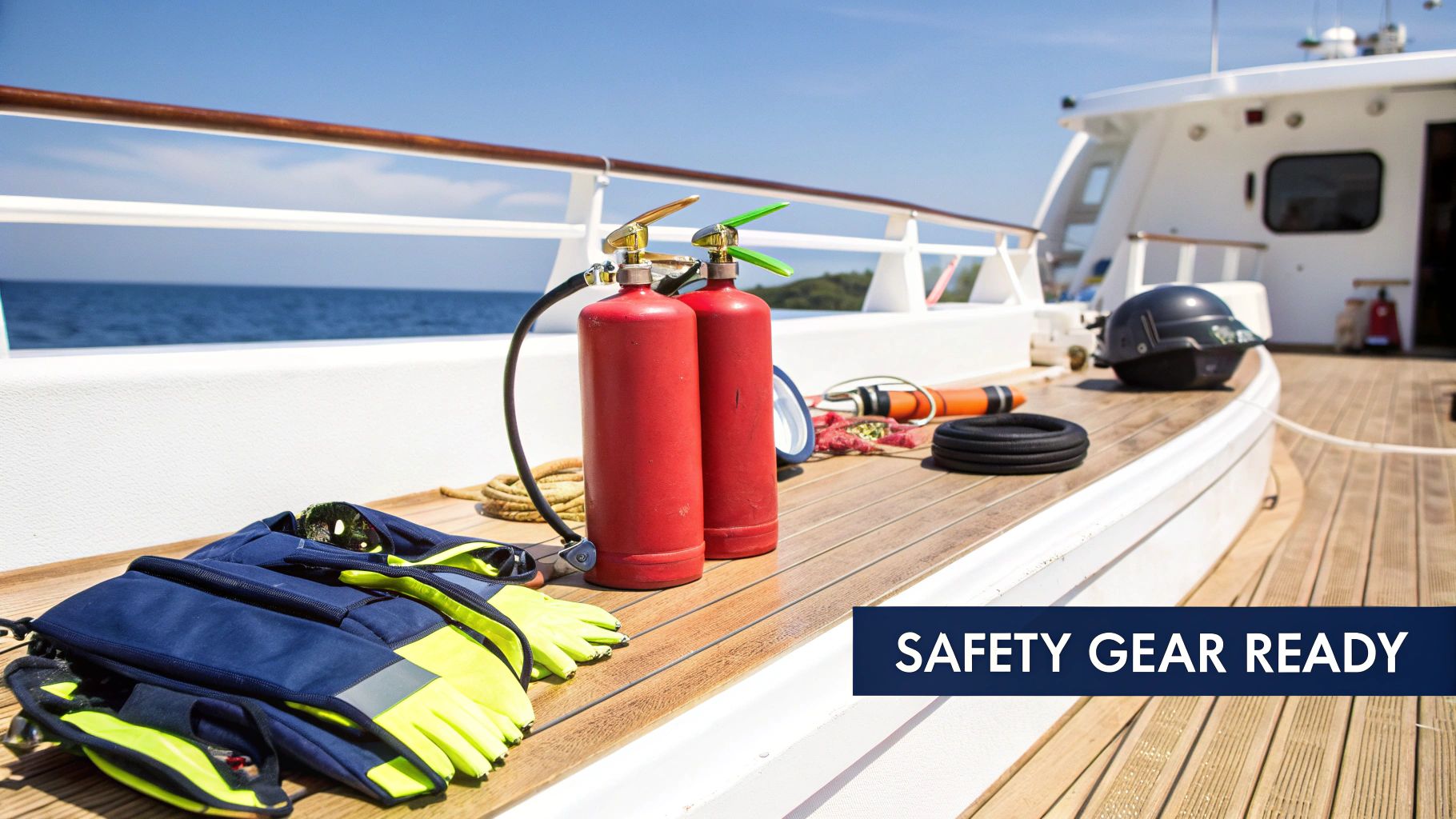
The importance of this check is underscored by routine U.S. Coast Guard inspections, which penalize boaters for missing or expired equipment. For instance, a vessel might have four fire extinguishers, but if one is discharged or has an expired tag, the vessel is in violation. Similarly, offshore racing regulations mandate exhaustive equipment lists, recognizing that self-reliance is paramount when help is far away. Beyond the vessel's own equipment, ensuring all personal safety gear is in top condition is equally vital; for example, familiarizing yourself with essential safety gear for water activities ensures everyone is prepared for in-water situations.
How to Implement a Proper Equipment Check
A systematic approach ensures nothing is overlooked. Instead of a casual glance, dedicate time before each season and perform spot-checks before every trip. This routine transforms safety from a chore into a habit. For a detailed rundown of what to include, you can reference an essential boating safety equipment checklist to build your own custom inventory.
Actionable Tips:
- Create a Master Checklist: Develop a physical or digital checklist specific to your boat, covering all Coast Guard requirements and your own additions. Inspect every item on this list monthly.
- Check Expiration Dates: Flares, fire extinguisher chemical agents, and first-aid supplies have limited lifespans. Mark your calendar with replacement dates and dispose of expired items properly.
- Test and Maintain: Test electronic safety devices like your VHF radio, EPIRB (Emergency Position Indicating Radio Beacon), and navigation lights regularly. Keep spare batteries in a waterproof container. Ensure your horn or whistle is functional and loud.
- Accessibility is Key: Store safety gear in clearly marked, easily accessible locations. PFDs should be readily available, not buried under other gear. Ensure everyone on board knows where to find the fire extinguishers and first-aid kit.
5. Engine and Mechanical Systems Inspection
A truly comprehensive safe boating checklist extends deep into the heart of the vessel: its mechanical and engine systems. A breakdown on the water is not just an inconvenience; it can quickly escalate into a dangerous situation, leaving you stranded and vulnerable to changing weather or currents. A thorough pre-departure inspection of the engine, propulsion, steering, and electrical systems is a non-negotiable step to prevent on-water failures. This proactive check ensures all components are functioning correctly before you cast off the lines.
The importance of this inspection is a core principle reinforced by marine engine manufacturers like Mercury and Yamaha, as well as by the standards set by the American Boat and Yacht Council (ABYC). For instance, a charter captain in the Florida Keys relies on a daily systems check to ensure client safety and prevent costly trip cancellations. Similarly, a sailor preparing for an offshore passage conducts an exhaustive mechanical review, knowing that self-reliance is paramount once land is out of sight. This check is about building confidence in your vessel's reliability.
How to Implement a Proper Mechanical Check
The key to an effective mechanical inspection is to be systematic. Create a personalized checklist specific to your boat’s systems and follow it every single time. This turns the process into a reliable routine rather than a haphazard glance-over, ensuring you never miss a critical detail. This routine should become as automatic as checking your car’s fuel gauge before a long drive.
Actionable Tips:
- Establish a Routine: Start in the same place every time, such as the engine compartment. Check fluid levels (engine oil, coolant, transmission fluid). Look for any signs of leaks, cracked hoses, or frayed belts. Wiggle belts to ensure they have proper tension.
- Test Controls at the Dock: Before untying, turn on your battery switch and test your electronics. Start the engine and let it warm up briefly. While securely tied, test your throttle controls by shifting into forward and reverse. Turn the wheel lock-to-lock to confirm your steering is responsive.
- Use Your Senses: A mechanical inspection isn't just visual. Open the engine compartment and sniff for fuel or exhaust fumes, which could indicate a dangerous leak. Listen for any unusual sounds from the engine or bilge pumps. Check the bilge for any excessive water accumulation. Having basic tools and a few critical spare parts, like fuel filters or belts, can make the difference between a minor fix and a call for a tow.
6. Communication Systems and Float Plan Filing
A crucial component of any safe boating checklist involves ensuring you can communicate with the shore and that someone knows your plans. Reliable communication systems and a filed float plan are your lifelines, providing the means to call for help and giving rescuers a starting point if you fail to return on schedule. This isn't just about having a cell phone; it's about a multi-layered communication strategy and a formal plan that can trigger a timely search and rescue operation, preventing a minor issue from becoming a major crisis.
Effective communication planning means having redundant systems. A Very High Frequency (VHF) radio is the standard for marine communication, allowing you to speak directly with the Coast Guard and other nearby vessels. However, its range is limited. For offshore adventures, satellite messengers or phones become essential. The U.S. Coast Guard highlights the effectiveness of these systems, noting that alerts from devices like Emergency Position Indicating Radio Beacons (EPIRBs) led to thousands of rescues. Filing a float plan complements this technology by providing crucial details to rescue personnel, such as your intended route, vessel description, and a list of passengers.
How to Implement a Proper Communication and Float Plan Strategy
To truly be prepared, you must test your equipment before every departure and ensure your float plan is comprehensive and in the right hands. A float plan is only useful if it's given to a responsible person on shore who understands what to do and when to act if you become overdue. This combination of technology and responsible planning is a cornerstone of safe boating.
Actionable Tips:
- Layer Your Communication: Carry at least two forms of communication. A fixed-mount VHF radio should be your primary tool, supplemented by a waterproof handheld VHF, a fully charged cell phone in a waterproof case, and a satellite messenger (like a Garmin inReach or SPOT) for trips beyond cellular range.
- Master VHF Radio Use: Learn the proper procedures for making distress calls on Channel 16 ("Mayday, Mayday, Mayday") and for non-emergency communication. Ensure your radio is registered with a Maritime Mobile Service Identity (MMSI) number to enable its Digital Selective Calling (DSC) distress function, which sends an automated digital alert with your location.
- File a Thorough Float Plan: Before you leave, provide a detailed float plan to a trusted friend, family member, or marina staff. Include your boat's name and description, passenger information, your planned route, and your estimated time of return. Crucially, agree on a specific time at which they should contact the Coast Guard if they haven't heard from you.
- Test and Maintain: Before each trip, perform a radio check on a non-emergency channel. Ensure all batteries are charged and that you have backup power sources, like a portable power bank. Update your contacts immediately if your plans change during your voyage.
7. Fuel Management and Carbon Monoxide Prevention
Effective fuel management and carbon monoxide (CO) awareness are two intertwined safety pillars on any safe boating checklist. Proper fuel planning prevents the dangerous scenario of being stranded, while diligent CO prevention protects against a silent, invisible killer. Managing your fuel system involves more than just filling the tank; it requires calculating consumption for your planned trip, maintaining the entire fuel system to prevent leaks, and ensuring adequate ventilation. Simultaneously, understanding and mitigating the risks of carbon monoxide poisoning, especially on boats with cabins or enclosed spaces, is a life-or-death responsibility.
This dual focus is critical because failures in one system can exacerbate dangers in the other. For instance, a poorly maintained engine that consumes more fuel might also produce higher levels of CO. U.S. Coast Guard investigations frequently link tragic fatalities to carbon monoxide poisoning on recreational vessels, often stemming from generator exhaust or blocked vents. Similarly, running out of fuel not only leaves you adrift but can put you in a dangerous position where you are more susceptible to other hazards like bad weather. To learn more about how to manage your vessel's fuel system effectively, explore this comprehensive boat fuel tank guide for safety and maintenance for additional insights.
How to Implement Proper Fuel and CO Safety
A systematic approach to both fuel and air quality is essential. This means making pre-departure checks a firm habit and investing in the right safety equipment. The American Boat and Yacht Council (ABYC) sets standards for both fuel systems and ventilation that manufacturers follow, and recreational boaters should strive to maintain their vessels to these high standards.
Actionable Tips:
- Follow the Rule of Thirds: Plan to use one-third of your fuel to get to your destination, one-third to return, and keep one-third in reserve for emergencies like unexpected weather or currents.
- Install and Test CO Detectors: If your boat has an enclosed cabin, install marine-rated carbon monoxide detectors in sleeping areas and common spaces. Test them before every single trip.
- Maintain Clear Ventilation: Never block or cover hull vents or exhaust outlets, as they are crucial for dissipating fuel vapors and engine fumes. Be especially mindful of this when mooring alongside other boats or structures.
- Practice Safe Swimming: Never swim near the stern of a boat when the engine or generator is running. Exhaust fumes, including deadly CO, can accumulate in the water and the air space under the swim platform.
8. Passenger Briefing and Emergency Procedures
A responsible captain knows that safety extends beyond their own knowledge; it involves preparing every single person on board. An essential part of any safe boating checklist is conducting a thorough passenger safety briefing before casting off. This briefing is not just a formality but a critical communication tool that ensures everyone, from seasoned boaters to first-time guests, understands safety protocols, the location of emergency equipment, and their potential role in an unforeseen situation. Just as commercial airlines and professional charter boats conduct mandatory briefings, recreational boaters must adopt this practice to enhance onboard safety.
The primary goal is to empower passengers with the knowledge they need to act calmly and effectively in an emergency. This includes knowing how to use a VHF radio to call for help, operate a fire extinguisher, and properly don a life jacket. For example, sailing schools make crew briefings a standard procedure to ensure everyone understands how to respond to a "man overboard" situation. Similarly, U.S. Coast Guard regulations for passenger vessels mandate these orientations because they are proven to save lives. By taking a few minutes to conduct a briefing, you transform passive guests into a capable and aware crew.
How to Implement a Proper Passenger Briefing
An effective briefing should be concise, clear, and conducted when you have everyone's full attention, ideally before the engine starts and the excitement begins. Tailor the information to the length and nature of your trip and the experience level of your passengers.
Actionable Tips:
- Show, Don't Just Tell: Physically point out the location of all safety gear. Show passengers exactly where the life jackets (PFDs), fire extinguishers, first-aid kit, flares, and sound-signaling devices are stored. Demonstrate how to put on a PFD correctly.
- Assign Roles: If you have capable passengers, assign specific roles in case of an emergency. For instance, designate one person to gather PFDs and another to be ready with the VHF radio. This delegation prevents confusion and hesitation during a critical moment.
- Keep It Simple and Clear: Avoid technical jargon. Explain the most crucial "what ifs," such as a fire, a medical issue, or a person falling overboard. Cover basic boat rules, like keeping hands and feet inside the boat at all times, especially when docking.
- Conduct Briefings Before Departure: Hold the briefing at the dock before leaving. This ensures you have everyone's undivided attention without the distraction of a moving boat, wind, and engine noise, making the information more likely to be retained.
Safe Boating Checklist: 8-Point Comparison
| Safety Measure | Implementation Complexity 🔄 | Resource Requirements ⚡ | Expected Outcomes 📊 | Ideal Use Cases 💡 | Key Advantages ⭐ |
|---|---|---|---|---|---|
| Weather Conditions Assessment | Moderate: continuous monitoring, multi-source | Low to moderate (apps, radios) | Improved safety by avoiding dangerous weather | Pre-trip planning, open water navigation | Prevents weather-related incidents; aids planning |
| Life Jacket Inspection and Proper Fitting | Low: visual and fit checks, periodic replacement | Moderate (purchase, maintenance) | Increased survival chances in water emergencies | All boating activities | Legally required; greatly enhances flotation |
| Navigation Equipment and Chart Verification | High: tech updates, calibration, backups | Moderate to high (equipment, charts) | Prevents grounding, collisions; precise navigation | All vessels, especially poor visibility | Real-time positioning; critical safety tool |
| Safety Equipment Inventory and Functionality Check | Moderate: periodic checks, replacements | Moderate to high (purchase, storage) | Ensures emergency readiness and legal compliance | All vessels, offshore, commercial | Multiple emergency options; regulatory compliance |
| Engine and Mechanical Systems Inspection | High: technical knowledge and detailed checks | Moderate (tools, professional help) | Prevents breakdowns; extends engine life | All vessels with engines | Reduces mechanical failures; fire risk mitigation |
| Communication Systems and Float Plan Filing | Moderate: equipment operation and admin tasks | Moderate (devices, subscriptions) | Enables emergency calls and rescue operations | Offshore and long trips | Immediate emergency contact; search initiation |
| Fuel Management and Carbon Monoxide Prevention | Moderate: monitoring, ventilation checks | Moderate (detectors, maintenance) | Avoids fuel exhaustion and CO poisoning | All powered vessels, enclosed cabins | Prevents poisoning, fire hazards; extends engine |
| Passenger Briefing and Emergency Procedures | Low to moderate: communication and training | Minimal (time and preparation) | Reduces panic; improves emergency response | Vessels with multiple passengers | Ensures passenger readiness; reduces onboard chaos |
Making Safety a Habit: Your Commitment to Responsible Boating
We have navigated through a comprehensive safe boating checklist, covering everything from scrutinizing weather forecasts to conducting a thorough passenger briefing. It is easy to view this extensive list as a series of tedious, pre-launch chores. However, the most experienced and respected mariners understand a fundamental truth: this checklist is not a barrier to your enjoyment. It is the very foundation of it. True freedom on the water is not born from haste or cutting corners; it is earned through diligence, preparation, and a deep-seated commitment to safety.
Each item on this list represents a critical layer of protection for you, your passengers, and your vessel. Think of it as a chain. A faulty life jacket, a misread chart, a low battery on your VHF radio, or an overlooked fuel leak each represents a weak link with potentially disastrous consequences. By methodically working through your pre-departure checks, you are not just ticking boxes. You are forging a strong, unbreakable chain of safety that allows you to cast off with genuine peace of mind.
From Checklist to Second Nature
The ultimate goal is to transform this safe boating checklist from a document you consult into a habit you embody. At first, it may require conscious effort and a physical list in hand. But with repetition, these actions will become second nature, an ingrained part of your boating ritual as automatic as turning the key in the ignition.
- Systematize Your Process: Develop a consistent flow for your checks. Perhaps you always start at the bow and work your way to the stern, or you have a specific order for inspecting mechanical, safety, and navigational gear.
- Involve Your Crew: Make safety a team effort. Assign specific checklist items to regular crew members or family. This not only lightens the load but also educates your passengers and fosters a shared culture of responsibility.
- Adapt and Evolve: Your boat, your typical cruising grounds, and even your own skills will change over time. Periodically review and customize your checklist. Add items specific to new electronics you have installed or for trips into unfamiliar waters.
The Broader Impact of Your Diligence
Your commitment to this safe boating checklist extends far beyond the gunwales of your own vessel. It has a ripple effect across the entire boating community and the marine environment we all cherish. When you operate your boat safely, you are not just protecting your own crew. You are contributing to a safer, more predictable environment for every other boater on the water.
Furthermore, responsible boating is inextricably linked to environmental stewardship. A key part of your pre-departure routine involves fuel management and preventing leaks. An accidental fuel spill not only wastes money and creates a fire hazard but also inflicts immediate and lasting damage on delicate marine ecosystems. This is where your diligence becomes a powerful act of conservation. By ensuring your fuel system is secure and taking proactive steps to prevent spills, you are protecting the very beauty that draws us to the water in the first place.
This comprehensive approach, which marries personal safety with environmental responsibility, is the hallmark of a truly proficient mariner. It demonstrates a holistic understanding that we are not just visitors on the water; we are its caretakers. Embracing this dual role is what elevates boating from a simple recreational activity to a meaningful and rewarding lifestyle. So, print out this checklist, laminate it, and keep it on board. Let it be a constant, reliable guide on your journey to becoming a safer, more confident, and more responsible boater.
Ready to make your fueling process safer and cleaner? Upgrade your commitment to environmental and personal safety by eliminating fuel spills at the source. Visit CLiX Fueling Solutions to see how their innovative system can become an essential, mess-free part of your safe boating checklist.

